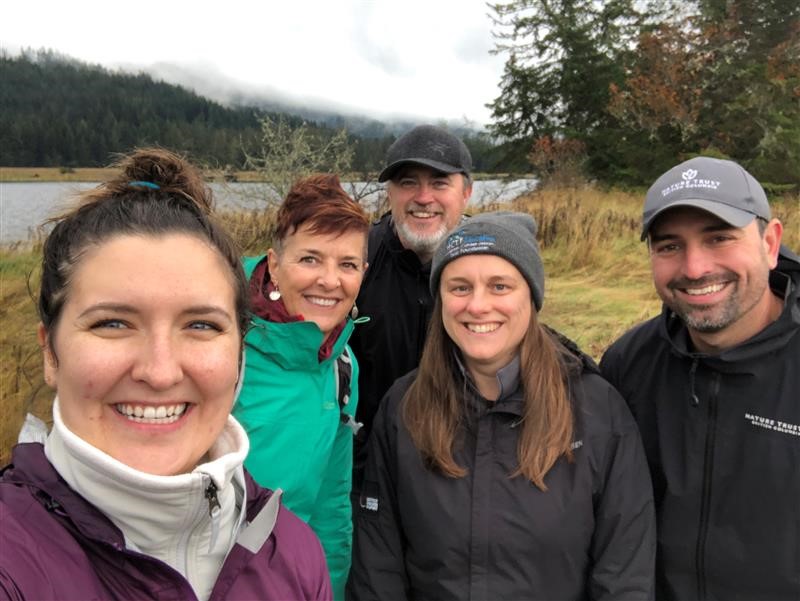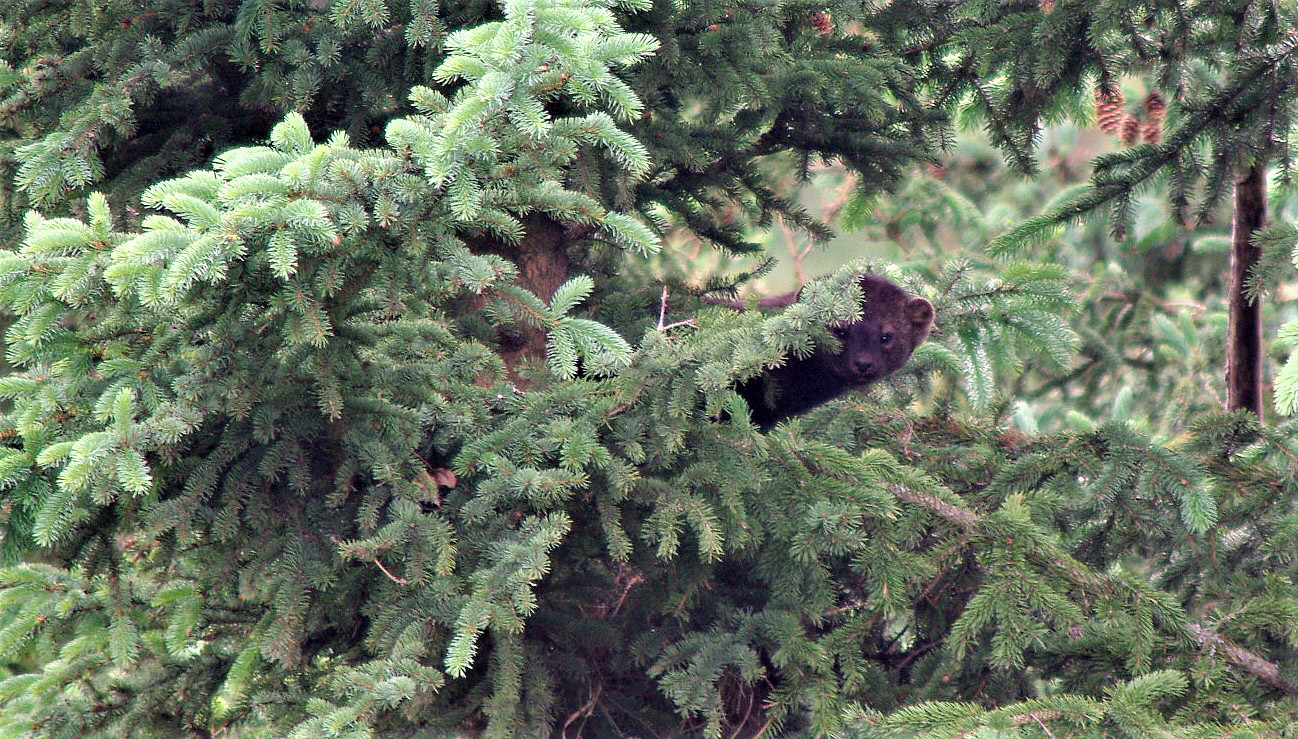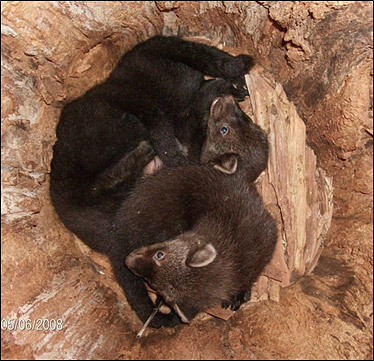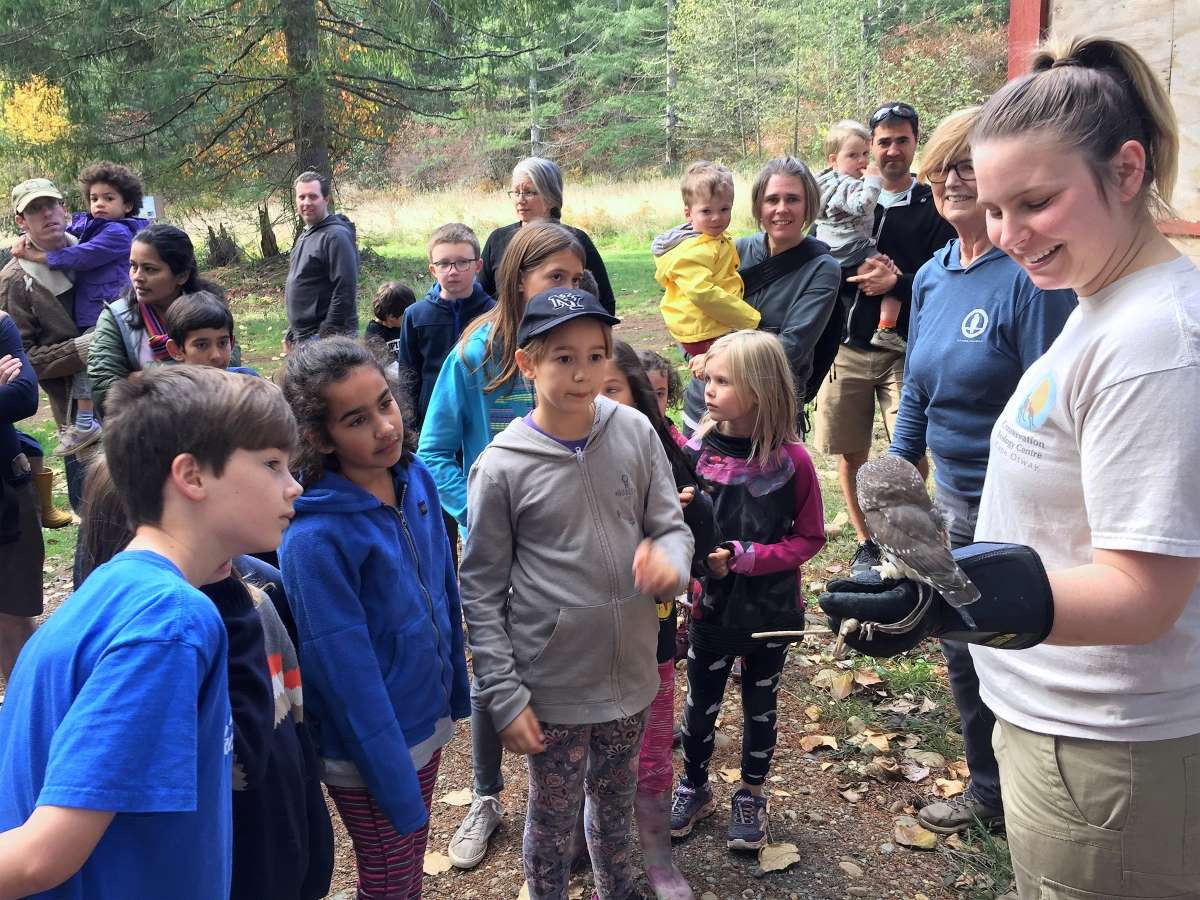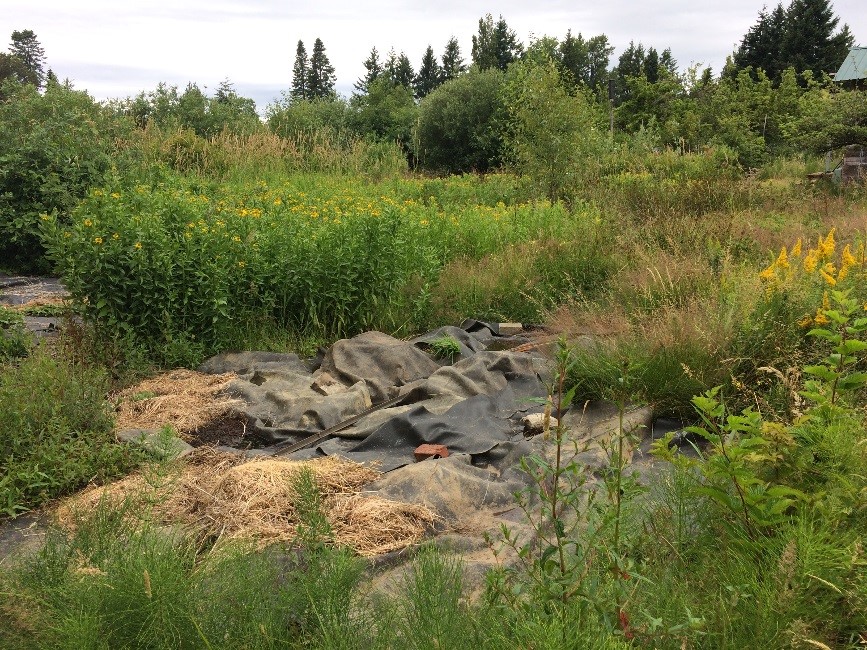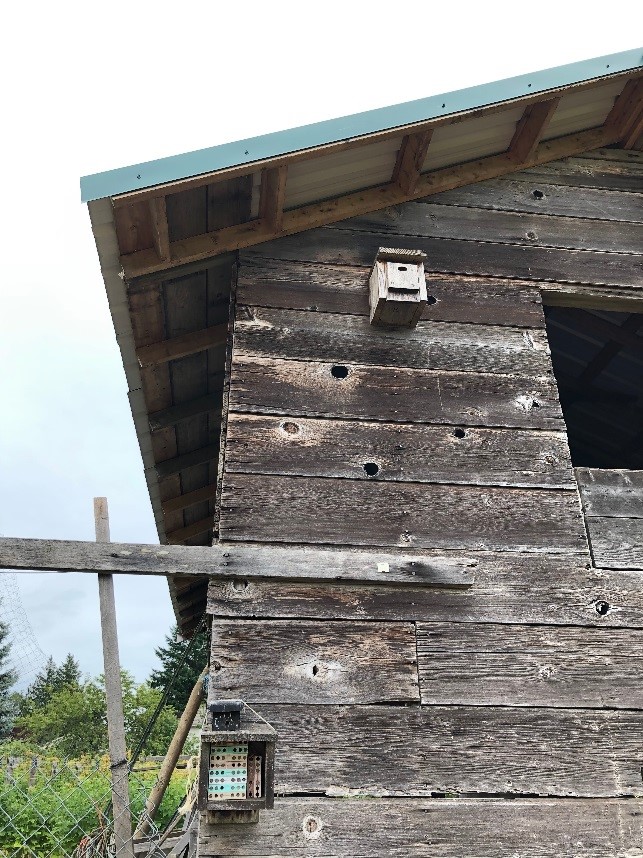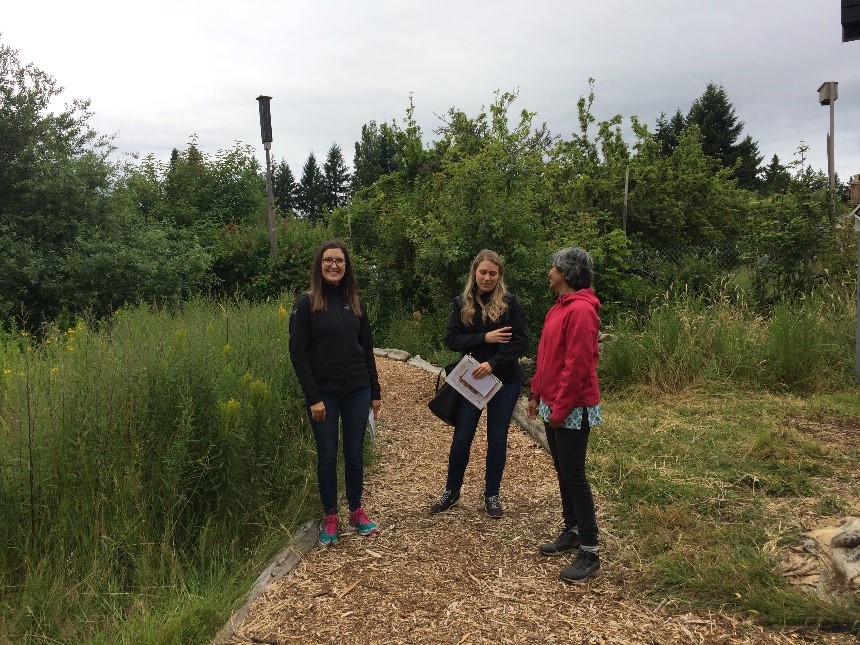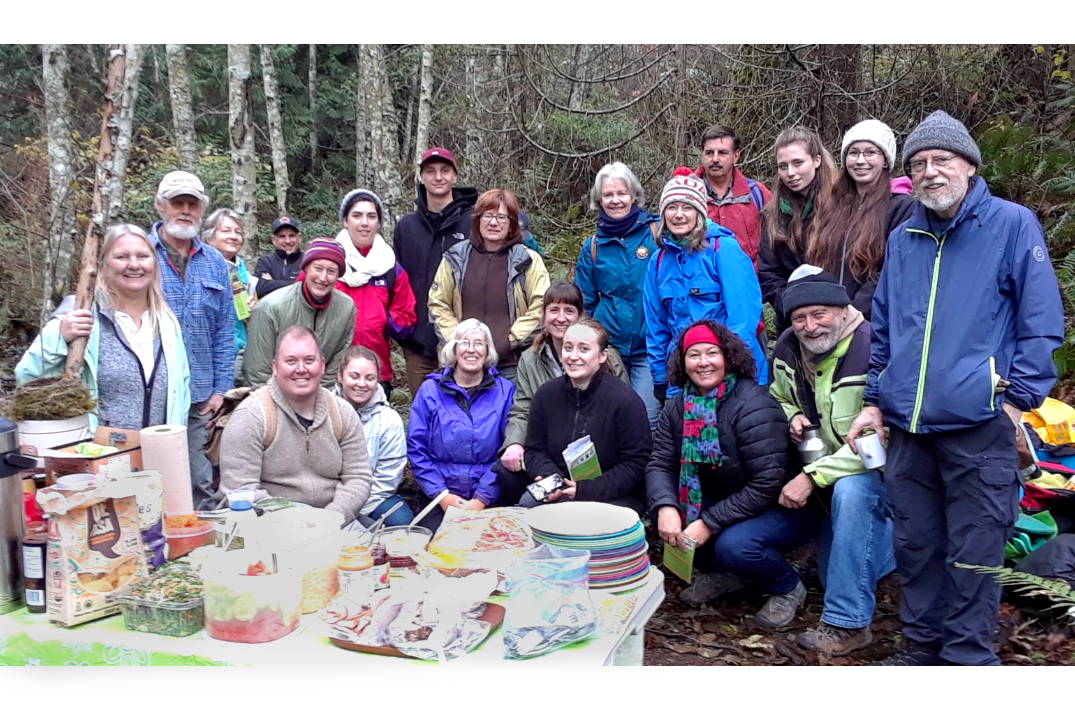HCTF staff enjoyed some time out in the field this fall with visits to project sites around the province. Each year, HCTF undertakes project evaluations on a sample of projects to conduct a financial review, and to ensure conservation objectives are being met.
The first evaluation took place in September with the Nature Kids program, a Stewardship project which aims to engage children and their families with nature through hands-on learning, stewardship activities and citizen science projects. HCTF staff visited the program’s office in North Vancouver and one of the weekend events in Greater Victoria called “Hawkwatch”.
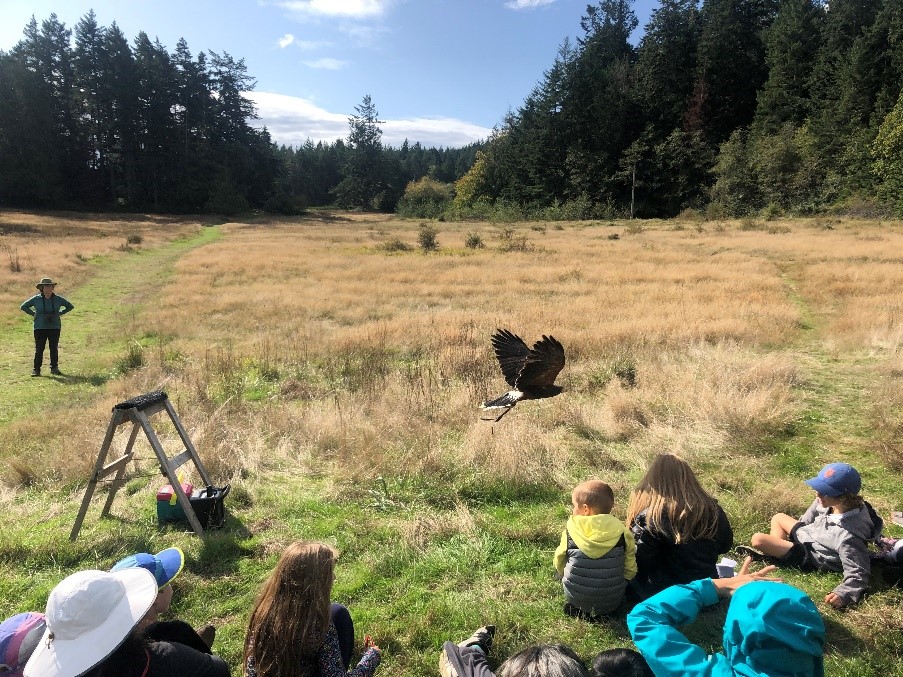
The Raptors live demonstration at Hawkwatch.
In October, staff travelled to the Kootenays and visited 2 project sites with Irene Teske, Wildlife Biologist with the Ministry of Forest, Lands, Natural Resource Operations and Rural Development (FLNR). Staff got a first-hand look at areas being treated to control invasive plants such as Yellow Hawkweed and St. John’s Wort at Bull River and Wigwam Flats, both conservation areas in the East Kootenay region. For this project, HCTF Special Permits (Wild Sheep) funding is being used to restore native grasslands to improve winter forage for Bighorn Sheep.
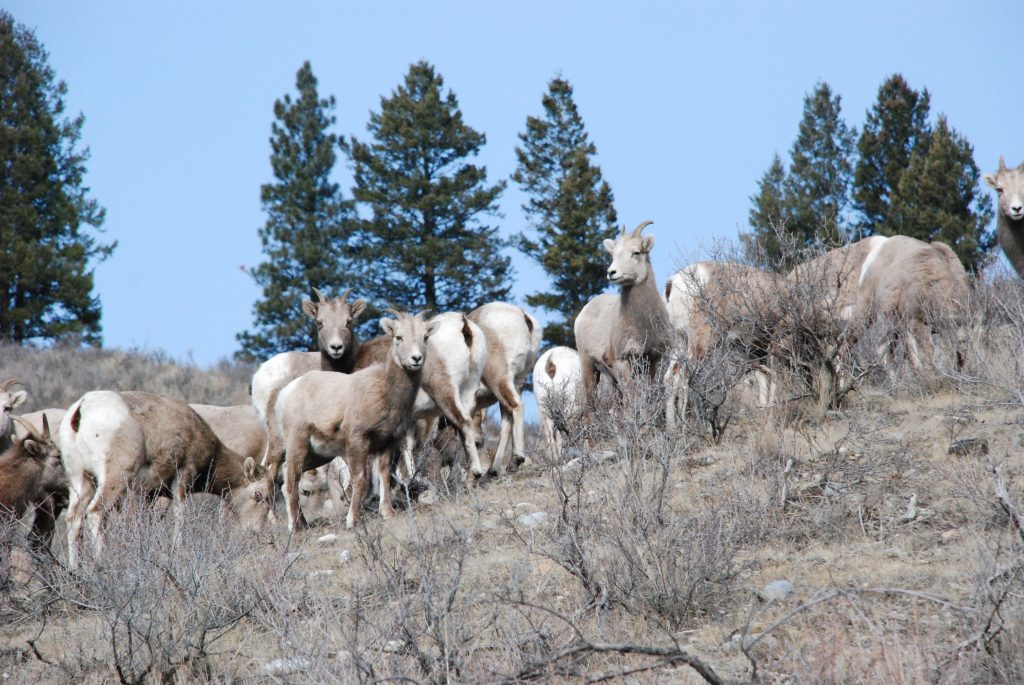
2008 photo of the Bull River bighorn herd. Beginning in 2009, wildlife managers noticed a rapid spread of yellow hawkweed and other invasive plant species in this herd’s winter range.
The next visit was to a very different landscape on the east coast of Vancouver Island. HCTF visited three sites funded under the Conservation Lands Operations and Management (O&M) Funding Program: S’amanu Wildlife Management Area (WMA), Nanaimo River Estuary Conservation Area, and the Salmon River Estuary Conservation Area. This program provides $550,000 annually to FLNR for O&M costs on ministry-administered conservation lands across the province including lands leased from the Nature Trust of BC. Funding for this program is provided primarily through endowment funds provided to HCTF from the Province of BC.
HCTF staff and the FLNR Conservation Lands Specialist Karen Wipond received a tour hosted by the West Coast Conservation Land Management Program (WCCLMP) staff Tom Reid and Shawn Lukas, demonstrating how HCTF O&M funding is being used to maintain conservation values at the selected properties.
At the S’amanu WMA, we viewed and discussed the restoration work and new interpretive signage at Ye’yumnuts, a sacred ancestral place of the Cowichan people. We also discussed invasive species management supporting species at risk on the site, and agricultural activities to enhance forage for wintering waterfowl.
After leaving S’amanu, we travelled north to the Nanaimo Estuary, the largest estuary on Vancouver Island, with riparian, marsh, and intertidal ecosystems including eelgrass beds, supporting thousands of over-wintering birds and juvenile salmonids. We viewed some restoration work in action while program staff and partners tested nets in the estuary to monitor juvenile salmonids in the coming spring. HCTF funding is also being used to develop improved elevation and vegetation mapping in the estuary which will help support management decisions and plan future restoration and enhancement projects.
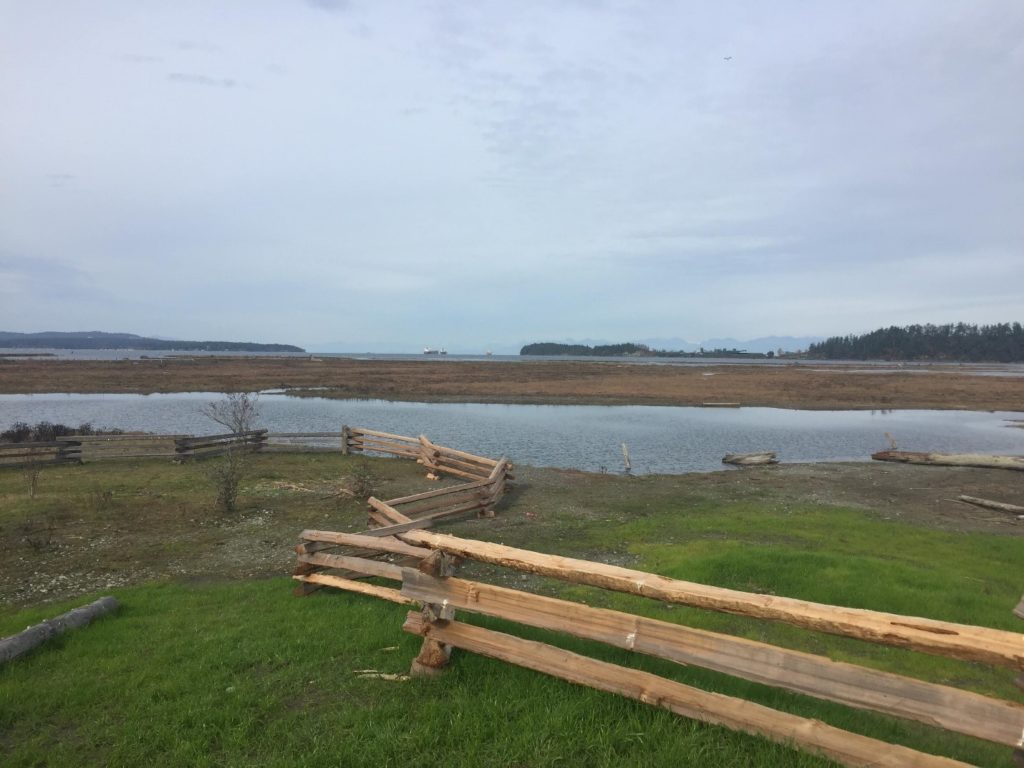
Nanaimo Estuary including split rail fencing used to control access and direct visitors.
The third site we visited with WCCLMP staff was the Salmon River Estuary Conservation Area near the Village of Sayward. An HCTF Enhancement and Restoration Grant was used for habitat enhancement work for Roosevelt Elk and other species on the property purchased in 2015, the acquisition of which was also supported by HCTF. This restoration project included thinning the alder forest and planting to improve forage for Roosevelt elk, removing Scotch Broom and replanting with native species, and creating shallow wetland habitat with wood structures to improve habitat for amphibians.
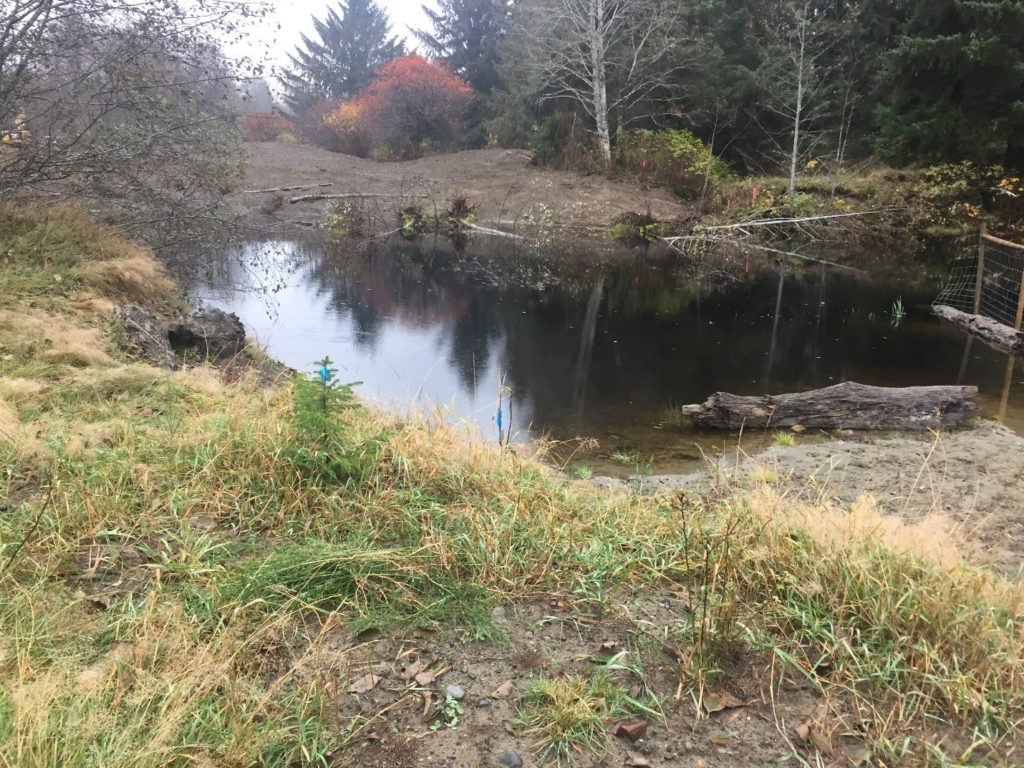
Enhanced wetland habitat at the Salmon River Estuary Conservation Area.
HCTF staff appreciated the opportunity to see the great work funded across the province. The HCTF evaluation process provides an additional check and balance in addition to our rigorous proposal review process to ensure conservation objectives are realized and we see a positive difference for fish and wildlife and their habitats, as intended by our various contributors.


